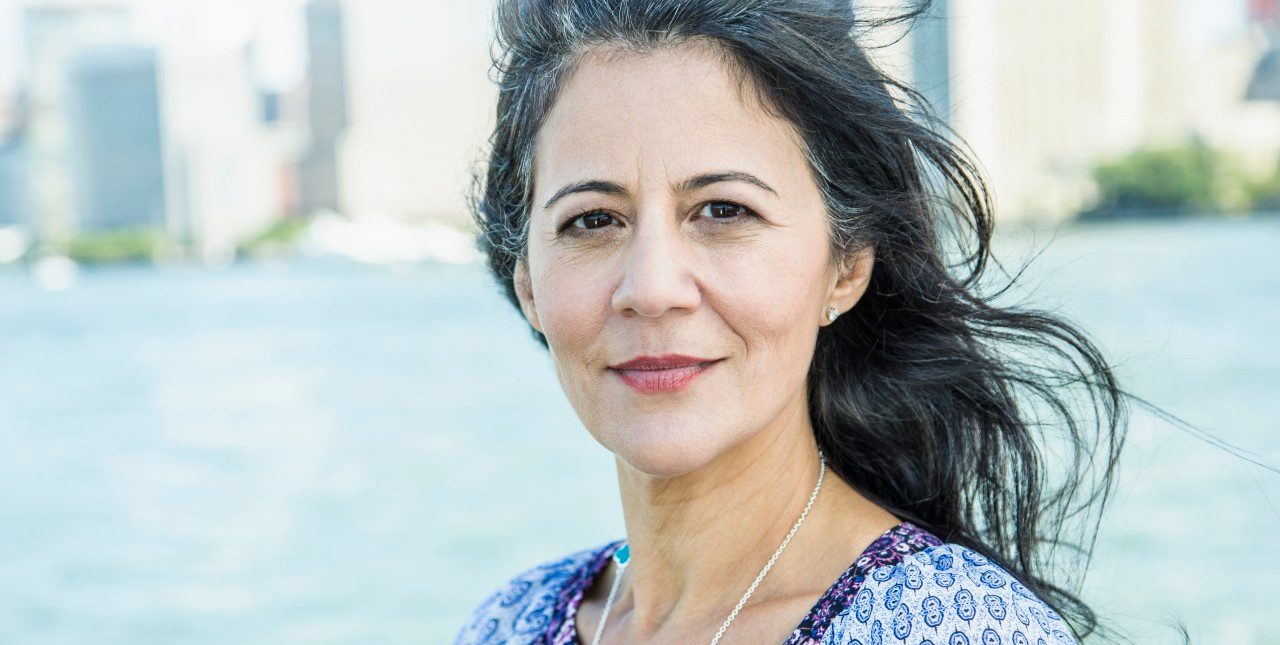Chest Pain in Women

Chest pain in women is a strong signal to get medical attention, but it is not always present during heart attacks: when your heart isn’t getting enough blood.
Some heart attacks are dramatic: You get a sharp pain in the chest, and break into a cold sweat, breathing fast. That’s a good time to go straight to an emergency room.
Other times the symptoms of a heart attack are less clear, especially in women. About one in three American women die of heart disease, stroke, and other cardiovascular problems, yet we still tend to think of heart disease as a male problem. Women can be slower to go to the ER, losing precious time.
Chest pain in women or men is certainly a strong signal to get medical attention, but it is not always present during heart attacks: a moment when your heart isn’t getting enough blood.
YOU MIGHT ALSO LIKE: Major Life Stress Is Harder on Women
The American Heart Association lists these heart attack symptoms in women:
- Uncomfortable pressure, squeezing, fullness, or pain in the center of your chest. It lasts more than a few minutes, or goes away and comes back
- Pain or discomfort in one or both arms, your back, neck, jaw, or stomach
- Shortness of breath with or without chest discomfort
- Breaking out in a cold sweat, nausea, or lightheadedness
If you have any of these signs, call 9-1-1, and get to a hospital right away.
Chest pain also doesn’t necessarily mean you’re having a heart attack — but it’s a signal to pay attention to your diet and be evaluated for heart disease. Heart disease in women and men builds slowly as your arteries become blocked with plaque.
In men, the blockage tends to be in the coronary arteries, a condition called obstructive coronary artery disease (CAD). Women are more likely to develop microvascular disease, or MVD, blocks within the very small arteries branching out from the coronary arteries. Up to half of women don’t turn out to have CAD when they undergo a cardiac catheterization, a procedure in which a catheter is inserted into your body and threaded up to your heart to see or treat disease.
Chest pain often follows heavy meals, which trigger the heart attacks and strokes that tend to tick up the day after Thanksgiving and Christmas. A classic Thanksgiving meal — turkey, stuffing drenched in its fat, buttery biscuits, sweet potatoes, and green beans laced with bacon — makes anyone feel overstuffed. If your arteries are already somewhat blocked, such a big meal can affect the blood flow to your heart. Over the next five hours, your blood becomes increasingly milky with fat, and your arteries stiffen. Chest pain tends to occur when the fat hits its peak, beginning at four and half hours. The effect of saturated fat from red meat and whole milk products is measurable and especially profound in Asians, researchers have found.
Chest pain in women sometimes comes up during exercise or in high-stress moments. You might feel tightness or pressure, rather than a sharp stab. The sensation typically goes away soon after you stop the activity.
Women often attribute the symptoms of chest pain to acid reflux, a flu, or being out of shape. They may not want to frighten their families. Many wrongly think that heart attacks must involve a stabbing chest pain.
If you’ve experienced chest pain after meals or exercise, be sure to tell your doctor.
Women are more likely to notice heart problems about 10 years after menopause. A decline in the natural hormone estrogen may be a factor, since estrogen may help keep blood vessels flexible, able to expand to allow blood through. (However, the American Heart Association has concluded that hormone therapy is not proven to reduce the risk of heart disease.) With menopause, your blood pressure, LDL “bad” cholesterol, and triglycerides all tend to increase.
To cut your risk of heart disease, talk openly with your doctor about your diet and exercise habits. Quit smoking — you’ll cut in half your risk of heart disease a year later. Exercise — aim for 150 minutes of activity a week. Thirty minutes a day can lower your risk for heart attack and stroke. Lose weight, if you have extra pounds. The American Heart Association recommends eating a diet with lots of fruit and vegetables, whole grains, low-fat dairy products, poultry, fish, and nuts. Limit or cut out red meat and sugary foods.
Updated:
March 02, 2020
Reviewed By:
Christopher Nystuen, MD, MBA